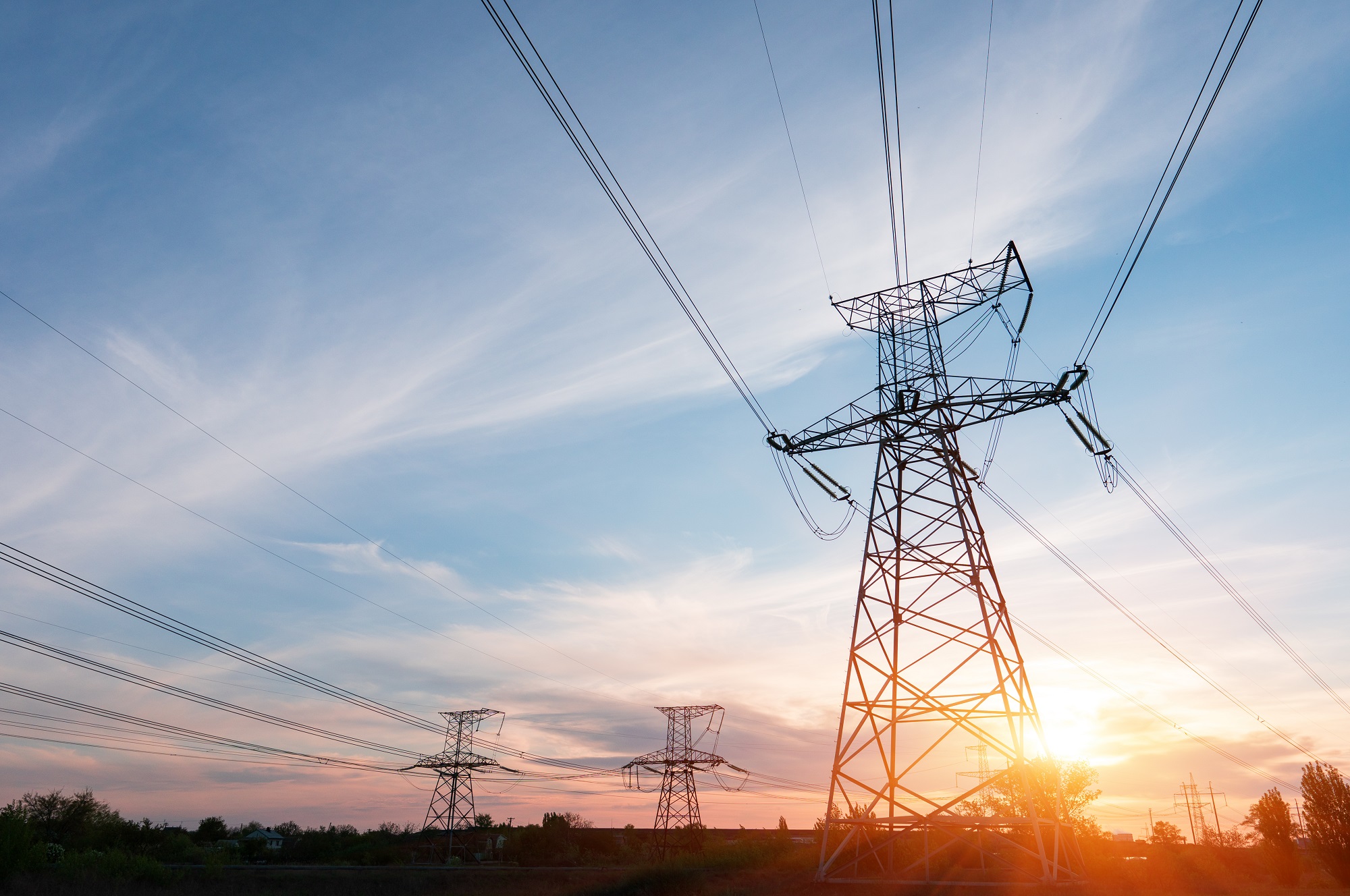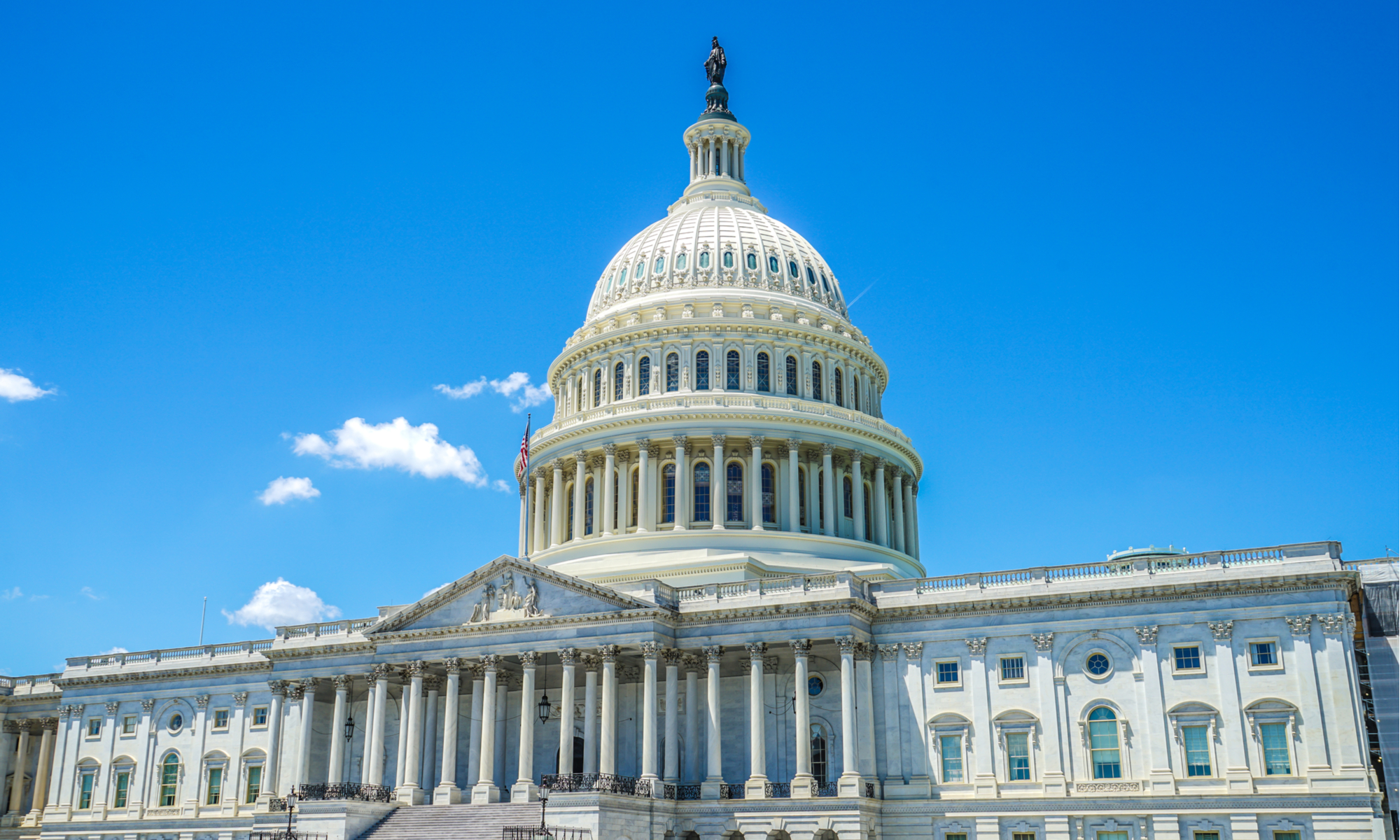Will 2021 Finally Bring an Infrastructure Week?
Let's Save Energy
Alliance to Save Energy's Blog
Will 2021 Finally Bring an Infrastructure Week?

While recent administrations have embraced bold infrastructure spending in rhetoric, bringing these projects to fruition has proved more evasive. Today, members of Congress across the political spectrum agree broadly about the need for infrastructure upgrades, given that U.S. infrastructure receives a D+ rating. But debates about the size and funding of investments have repeatedly derailed bipartisan conversations. As President-elect Joe Biden and the 117th Congress ready themselves for a new year, will 2021 prove to be different?
This summer, the House of Representatives passed H.R. 2, the Moving Forward Act. The $1.5 trillion bill aims to upgrade America’s infrastructure to prepare the country for the impacts of climate change, while also creating millions of jobs intended to accelerate economic recovery from COVID-19. It includes Alliance recovery priorities such as the Open Back Better Act and the modernization of three key tax incentives that would jump-start the energy efficiency economy.
H.R. 2 also makes bold investments in electric vehicle (EV) infrastructure (including a network of Level 2 and FAST chargers across the country), reducing emissions at ports, retrofitting public buildings and schools, and gradually boosting the Weatherization Assistance Program (WAP) from its current appropriation of roughly $300 million to $1 billion in 2025. These investments would lower energy bills for low-income households and cash-strapped school districts and municipalities, while also making a critical down-payment on addressing the climate crisis.
The Senate has also been active on infrastructure this session: Prior to the onset of COVID-19, the Senate Environment and Public Works (EPW) Committee unanimously passed S. 2302, a surface transportation reauthorization bill, which includes a title on climate change that incentivizes EVs and other alternative forms of transportation. Known as America’s Transportation Infrastructure Act, the EPW bill creates a program encouraging the reduction of truck emissions at ports and a program providing incentives for state and local governments to reduce emissions from the transportation sector. It initiates a federal working group to transition federal vehicle fleets to EVs, hybrids, and other alternatives, setting an example and using the federal government’s buying power to encourage lower-emission transportation infrastructure. Given that the transportation sector makes up a plurality of U.S. greenhouse gas emissions, these measures are critical first steps to achieving climate goals.
S. 2302 also looks toward the future by initiating a study on vehicle-to-infrastructure communication technology and creating travel demand reports to improve transportation planning. As the Alliance’s 50x50 Transportation Initiative concludes, data collection and investment in research and development of next-generation technologies are critical to advancing American leadership and reducing energy use in the transportation sector.
These bills from the 116th Congress show that there is much room for bipartisan agreement on energy-efficient infrastructure, setting the stage for action in the coming year. Candidates from across the political spectrum ran this cycle on improving America’s infrastructure, and 87% of Americans support “increasing federal spending for roads, bridges, mass transit and other infrastructure.” Now is the time for Congress to pass a cost-effective, bipartisan infrastructure bill that will employ millions of Americans at a time they desperately need it, put a down-payment on addressing climate change, and develop the technologies of the future.
STAY EMPOWERED
Help the Alliance advocate for policies to use energy more efficiently – supporting job creation, reduced emissions, and lower costs. Contact your member of Congress.
Energy efficiency is smart, nonpartisan, and practical. So are we. Our strength comes from an unparalleled group of Alliance Associates working collaboratively under the Alliance umbrella to pave the way for energy efficiency gains.
The power of efficiency is in your hands. Supporting the Alliance means supporting a vision for using energy more productively to achieve economic growth, a cleaner environment, and greater energy security, affordability, and reliability.



